Think you know everything about microscopy? Think again. A recently discovered method is turning centuries-old practices on their head, suggesting our favorite microscopes might be sabotaging our results!
In an era where precision and accuracy are king, understanding the right microscopy technique is more crucial than ever. New methods could redefine how we see the microscopic world.
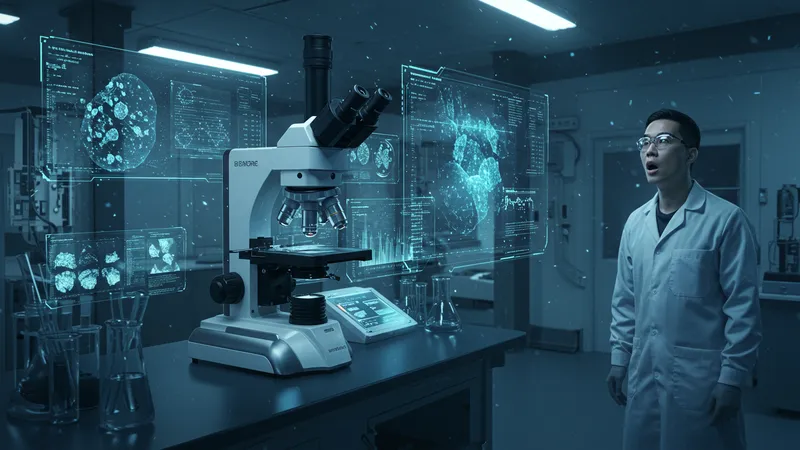
In fact, traditional optical microscopes might be doing more harm than good. With limitations in clarity and potential sample damage, researchers are spending countless hours rechecking data. But that’s not even the wildest part…
Recent advances in electron and super-resolution microscopy are unveiling secrets that redefine our understanding, challenging long-held industry stalwarts. Imagine, entire chapters of science rewritten! But hold on—there’s a twist yet…
As we delve deeper, prepare for surprises that even experts couldn’t predict. What happens next shocked even the experts…
Optical microscopes have been the staple of laboratories for over a century, yet recent developments suggest these beloved instruments might be holding us back. Their resolution often fails to meet the requirements of modern scientific inquiry, missing crucial cellular details. It’s not about replacement but supplementing these tools with more innovative technologies for enhanced accuracy and functionality. But wait, there’s more to uncover…
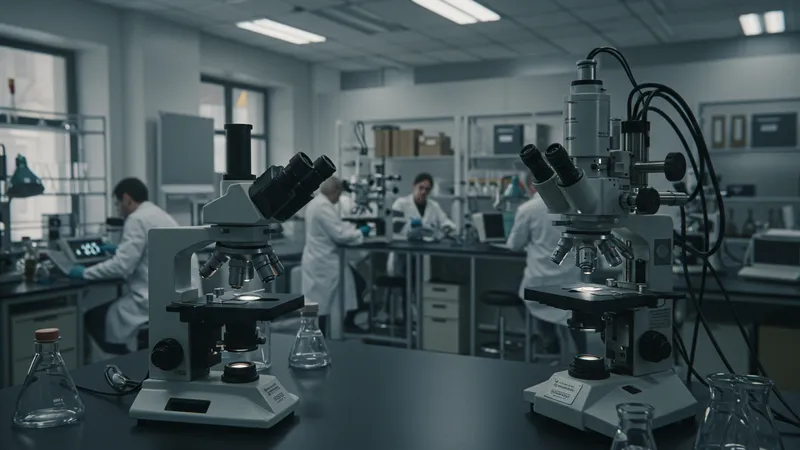
Enter electron microscopy. This technology pushes beyond optical limits, offering unprecedented detail. Laboratories across the globe are upgrading to see profoundly smaller features with breathtaking clarity. It’s a revolution in detail, despite the high costs. What you read next might change how you see this forever.
In addition to electron microscopy, super-resolution techniques are creating waves in the scientific community. These methods break what were once thought to be insurmountable barriers in microscopy, allowing researchers to observe new biological structures. But there’s one more twist…
Combining these approaches could be the answer to achieving holistic microscopy perfection. Diverse methods tailor-fit to research needs might soon become the norm, reshaping laboratories and findings worldwide. Stay tuned as we unravel more groundbreaking insights…
While the initial investment in cutting-edge microscopy can seem daunting, the cost of sticking with outdated methods is constantly rising. Institutions and businesses favor cost-effectiveness but end up spending more due to repeated experiments and errors. There’s an increasing realization that innovation is not just an expense, but a lucrative investment. But what if I told you the cost goes beyond finances?
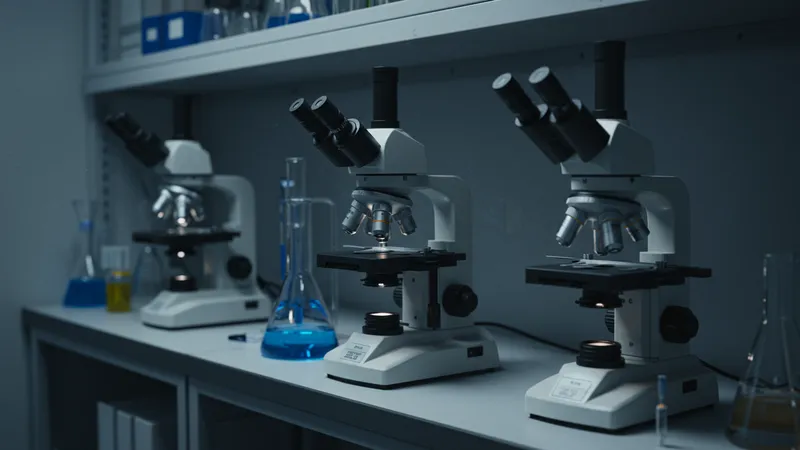
Unseen costs stem from missed discoveries and outdated data which can hinder scientific progress. Researchers could be overlooking critical microscopic details, leading to misinterpretations in results. This inadequacy has far-reaching repercussions, particularly in fields like medicine and nanotechnology. Yet, there's a silver lining to explore…
Evidence suggests that incorporating advanced methods can significantly improve research outputs. Case studies highlight improvements in efficiency and accuracy, crucial in gaining an edge over the competition. Institutions adopting these advancements are already reaping benefits significantly. But the story doesn’t end here…
Following innovation trends without fear can unlock potential previously unknown. It’s a journey from complacency to discovery, and your next microscopy investment might just be the key to unlocking future breakthroughs. Ready to discover more strategies?
A common misconception about microscopy is that it’s solely about obtaining a clearer view. However, integrating technology transforms these tools into powerful analytical devices. Data analysis tools integrated with microscopy can reveal patterns and threats unseen to the naked eye. Have you ever wondered what those specks in images could be hiding?
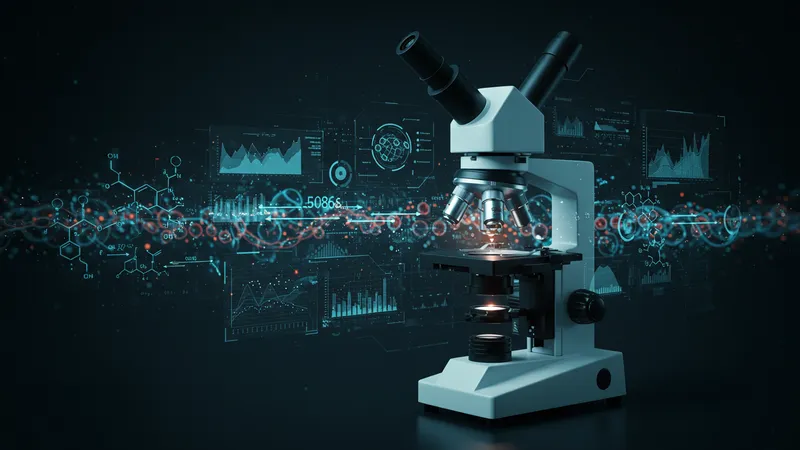
High-tech software now accompanies advanced microscopes, allowing researchers to perform complex data analysis they couldn’t have imagined before. From cellular behavior models to chemical reaction predictions, the applications are vast. But here’s where it gets interesting…
A pivotal feature of modern microscopes is their ability to simulate environments, offering complete experimental control over conditions like temperature and humidity. This technological advantage is propelling research from passive observation to dynamic interaction. But just how far can we take this?
By harnessing these insights, labs are setting new scientific standards. We’re approaching a paradigm shift where the convergence of microscale observation and technology holds the potential to address the greatest challenges of our time. Curious about the future of microscopy?
Super-resolution microscopy (SRM) is the current breakthrough in viewing objects smaller than the diffraction limit of light. This heralds a significant leap from traditional limits, providing access to unprecedented levels of detail in cellular and molecular structures. Can you imagine seeing the very molecules as they interact in real time?
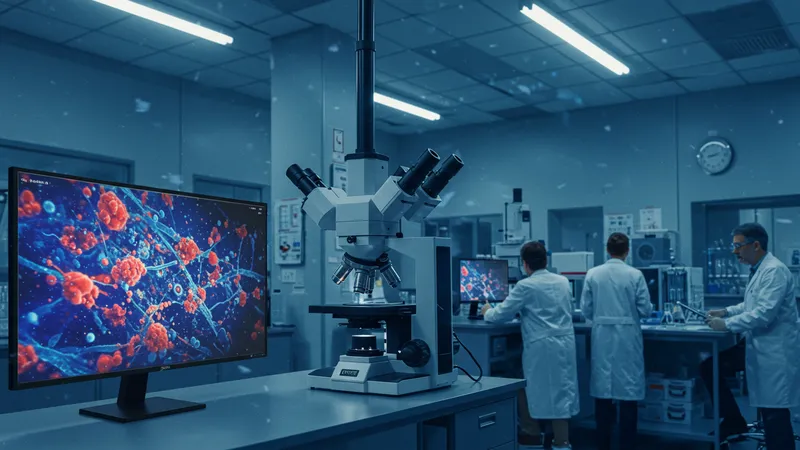
Achieving this was once deemed impossible, yet SRM has shattered the barriers of traditional optics, offering new arms in research capabilities. Labs worldwide are snapping up this technology, seeing results previously deemed unattainable. But what’s the catch?
The complexity of SRM techniques necessitates intricate understanding and implementation. It’s not a ready-set-go solution; it demands specialized training and resources. Laboratories must weigh these requirements against the promise of transformative discoveries that SRM guarantees.
Some experts argue that SRM’s potential will redefine entire industries, potentially altering our approach to science and medicine. It's this crossroads of potential and challenge that could dictate the course of scientific advancement in the coming years. Let’s dive deeper into other unexplored facets of microscopy evolution…
As new microscopy technologies emerge, embracing these promises entails overcoming formidable learning curves. Restructuring systems and training personnel are necessary steps to leverage advanced instruments fully. The transition might seem overwhelming but what’s at stake is transformative.
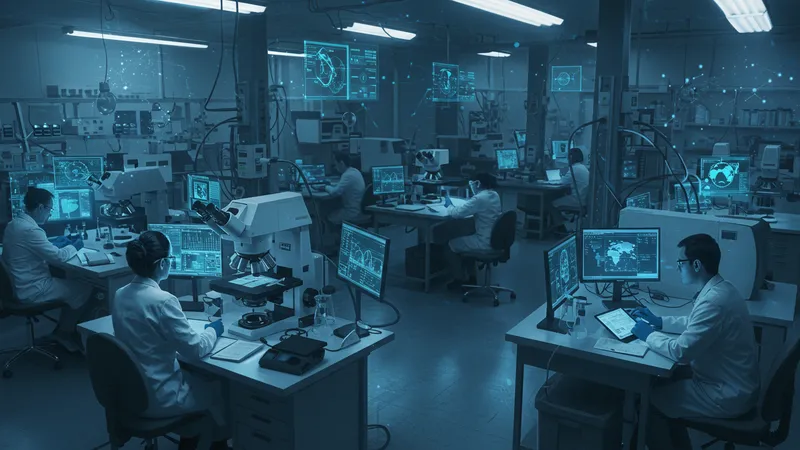
For institutions willing to take the plunge, the shift promises a reinvigoration of research capacities. Equipped with the latest, professionals can achieve and publish groundbreaking findings, elevating their reputations globally. What's the hidden challenge though?
This transition isn’t simply technical; navigating new interfaces and methodologies demands mental shifts. Engaging employees is crucial to soften resistance to change. Proper support systems and funding must accompany the shift to successful adaptation. Ready for a twist?
When leveraged correctly, the latest instruments do more than fulfill scientific curiosity; they solve real-world challenges faster than ever thought possible. Whether it be understanding diseases or environmental impacts, the stepping-stones to change lie in mastering these advanced methods. Shall we explore further depths of microscopy's potential?
Imagine medicine tailored to your genetic makeup, delivering therapies that work specifically for you. Microscopy stands at the frontier of personalized medicine by facilitating understanding at a cellular level. It offers insight into how diseases develop and how they may affect different individuals uniquely. But this is just the beginning…
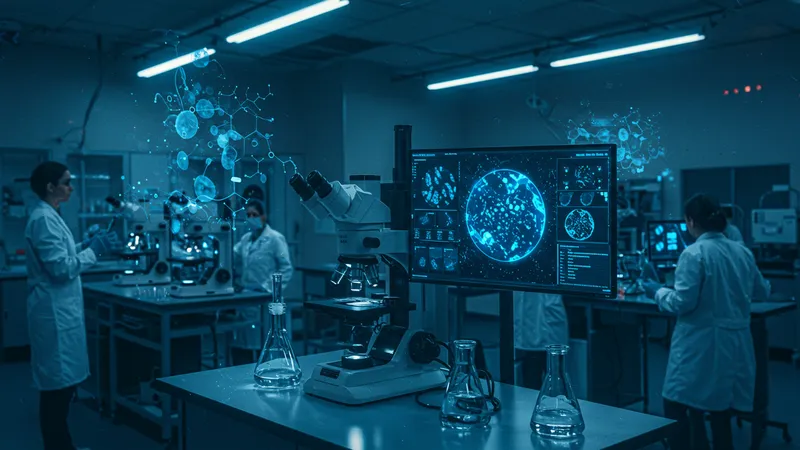
Cutting-edge microscopy techniques allow for the observation of cellular dynamics in real time. They open avenues to understand individual differences in disease progression and response to treatment. Such detailed insights pave the path for improved decision-making in health care. What more could it entail?
Personalized medicine is not only about treatment but prevention, and microscopy is key to early detection. It can identify biomarkers long before symptoms present, offering a head start in managing disease. The implications are far-reaching—how might this shape the future interaction between patient and practitioner?
With the continuing evolution of microscopy, we can expect a new healthcare paradigm centered on individuality and precision. It holds promise for revolutionizing patient treatment landscapes, bringing medical outcomes we’ve only dreamed of. Still intrigued? Let’s see what new revelations microscopy holds…
While often heralded for its medical contributions, microscopy’s role in environmental research is gaining much-deserved spotlight. It aids in examining the smallest ecological chains, offering insights into climate change impacts and biodiversity shifts. But wait until you hear how deep it goes...
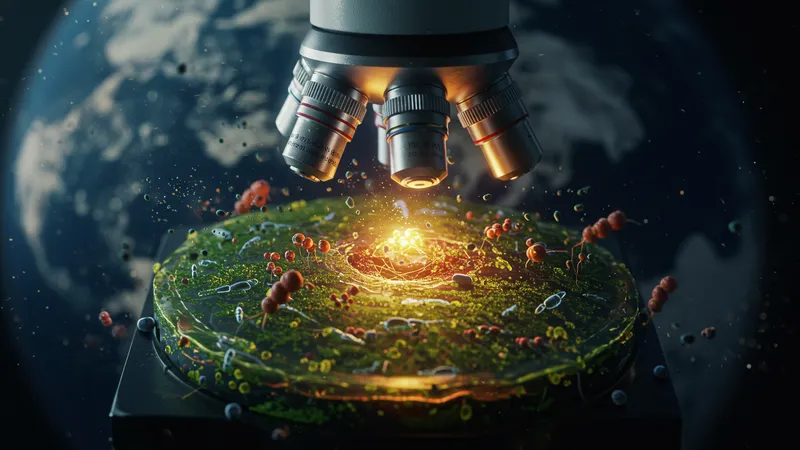
Through advanced imaging, researchers are documenting direct consequences of pollutants at a molecular level. This opens critical dialogues on regulatory measures and fosters more informed environmental policies. It’s a microscopic lens on a macro problem, one that might redefine our relationship with the planet.
In this intricate dance of life, understanding the micro-elements is proving crucial. From flowing waterways to soil health, the practical applications of microscopy in ecology can no longer be ignored. But here’s an intriguing development…
Collaborations are unfolding between various global entities, using microscopic evidence to push for benchmarks that might safeguard future ecological stability. As these efforts continue, what other microscopic revelations might alter our ecological aims?
Nanotechnology, the science of the ultra-small, is spurred on by advancements in microscopy. These two domains create an explosive combination propelling research and practical applications to unprecedented arenas. Fancy a sneak peek into their synergistic future? Let’s dive in.
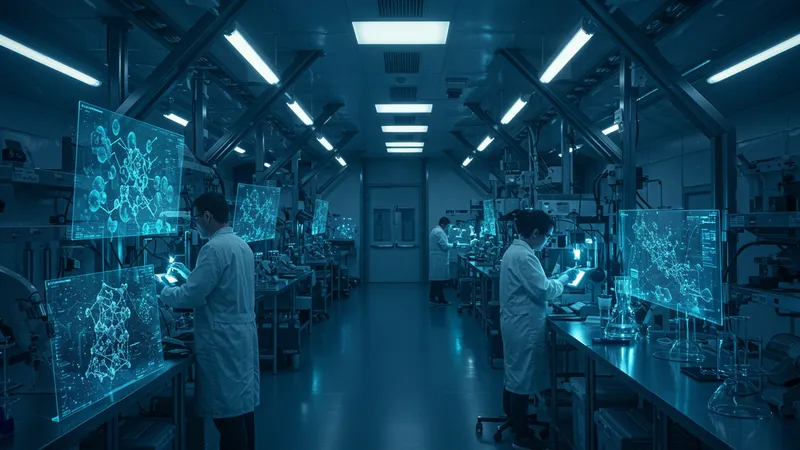
Microscopy allows scientists to manipulate materials at the atomic level, providing insights that drive nanoscale innovations. These breakthroughs benefit electronics, medicine, and manufacturing, proving that bigger isn’t always better. But what surprises could this collaboration bring?
Pioneering projects are unveiling materials that could create more sustainable, efficient energy sources, and manufacturing processes. Using microscopy, researchers can see and control nanostructures, leading to discoveries with vast implications in several domains. But hold on—there’s more yet to explore…
The dialogue between nanoparticles and their macroscopic usage is reshaping industries. Whether through building blocks for new materials or transformative drug delivery systems, microscopy’s role in nanotechnology is a cornerstone of modern innovation. Where might this partnership lead us next?
The integration of artificial intelligence (AI) with microscopy creates a powerhouse of data interpretation and analysis. AI algorithms increase accuracy and efficiency, transforming microscopy from a passive to an active scientific participant. Sounds futuristic? Just wait until you hear more!
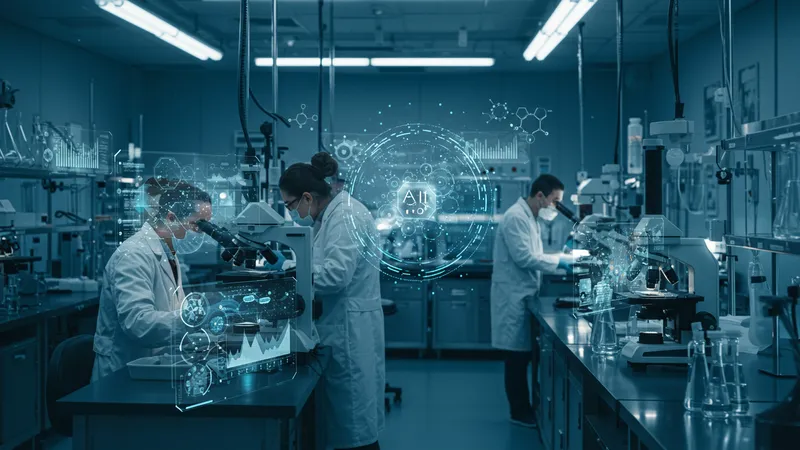
AI's ability to process vast datasets seamlessly complements the detailed observations made through advanced microscopy. It aids in drawing correlations and interpreting information faster than traditional methods could manage. But how profound is this integration truly?
This collaboration between AI and microscopy extends its usefulness into predictive modeling. Researchers can simulate potential outcomes much more reliably, informing debates in diverse scientific avenues. But there’s a challenging facet worth noting…
Utilizing AI requires understanding its limitations and how to align it with microscope data faithfully. As laboratories pave the way with these technologies, the results already showcase transformations in research techniques and predictions. But this is only the beginning—shall we ponder further implications?
The promise of precision comes with the responsibility of maintaining complex devices. Advanced microscopes demand meticulous care and maintenance, becoming both a boon and a burden for labs striving for excellence. Shall we delve into the intricate dance of care these machines require?
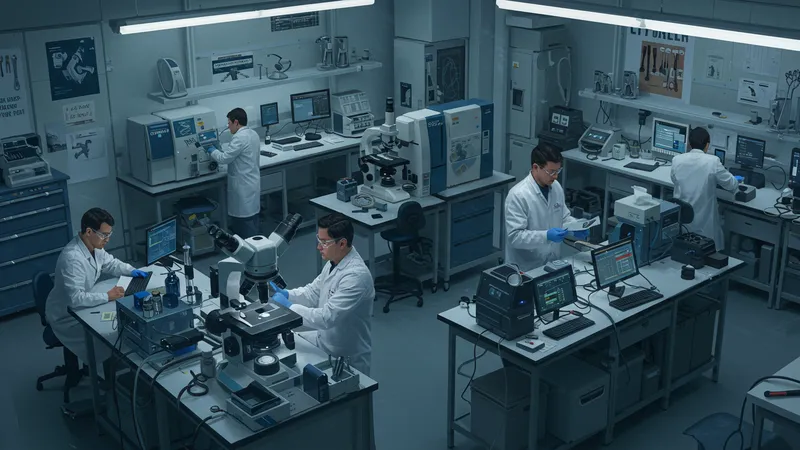
The technical expertise necessitated by state-of-the-art microscopes often involves training, regular calibrations, and troubleshooting. It’s a commitment encompassing more than acquisition—maintenance is integral to their ability to function optimally. But who shoulders this responsibility?
Professional servicing and internal tech teams become increasingly vital. Labs and companies spend substantial investments to keep their microscopes performing perfectly, reflecting the importance of this upkeep. But what are these services bringing beyond longevity?
A well-maintained microscope means reliable results and an edge over peers overlooking this crucial detail. As we navigate the intricacies of maintaining these advanced devices, do we embrace the responsibilities or does the challenge detract from their undeniable benefits?
Sustainability, a buzzword in many sectors, finds its relevance in microscopy too. The move towards eco-friendly technologies is influencing instrument designs and the practices surrounding them. Are you curious about how this intersects with high-tech microscopy's growth?
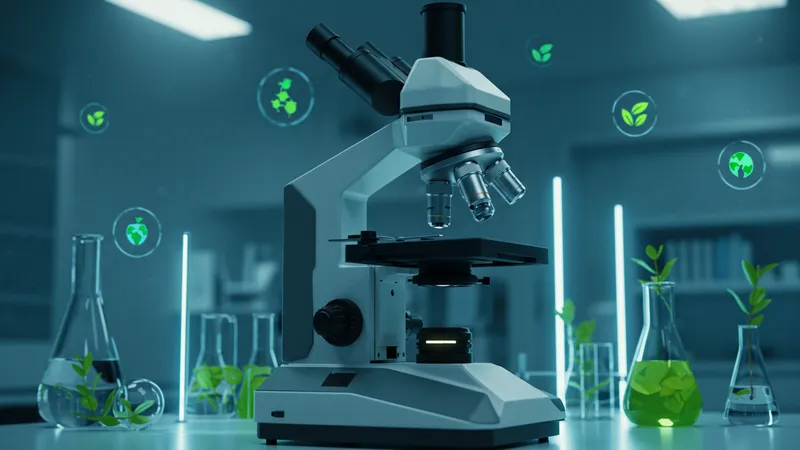
Manufacturers strive to make microscopes more energy-efficient, reducing their carbon footprint without compromising quality. But the convergence of environmental responsibility and technological prowess isn’t without its trials. What advancements have they made?
Some advocate for instruments with recyclability and reusability at their heart, aiming for circular economy practices in labs. This holistic view seeks to minimize environmental impact while maximizing scientific output. But can sustainability sustain the demands of ongoing innovation?
Balancing high performance with eco-friendly designs continues to shape the dialogue in microscopy development. The influence of sustainability initiatives is creating collaborative efforts to push for a greener footprint without losing the gains of modern advancements. Keen to learn where this movement may propel microscopy next?
The convergence of technologies and methodologies foreshadows a future teeming with possibilities. The lines between different scientific disciplines are blurring, making way for integrative approaches in research. Are you ready to step into this unforeseen future?
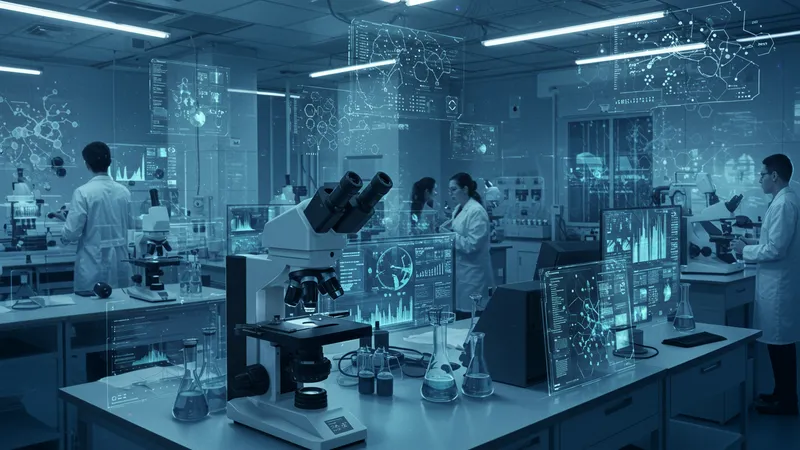
Microscopy’s evolution broadens its scope, enabling breakthroughs across industries. Its role extends beyond traditional boundaries, serving sectors from pharmaceuticals to forensics. Each discovery not just deepens but also widens the horizons of its influence. But the excitement doesn’t stop here—what’s next?
Research is continually pushing the capabilities, from atomic imaging to real-time 3D reconstructions, heralding a new age. As technology progresses, so do thoughts of what is possible, inviting novel interpretations and ambitions. But amidst these seismic shifts, what’s the vision for microscopy’s journey?
Microscopy stands as a testament to human ingenuity, promising insights yet to be realized. As we equip ourselves with new tools and techniques, the future teeters on the cusp of a golden era, ready to unravel microscopic mysteries that beckon. What part will you play in this unfolding tale?
The microscopy universe is more intricate and vast than most anticipate, with each new discovery sparking another curiosity-driven journey. These advancements serve as potent reminders of the crucial role that meticulous observation and cutting-edge technology play in understanding our world more deeply. As we continue to embrace these incredible tools, committing to their possibilities and challenges can propel both science and society forward. So, share this article, bookmark it, and join the conversation in trailblazing new paths in the world of microscopy. Where will it take us next?